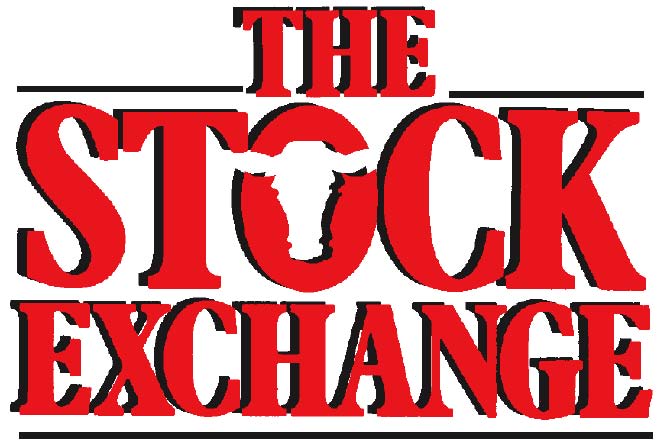Preparation is key to successful calving season
K-State veterinarian reviews steps for cattle producers before and after calving By Shelby Varner, K-State Research and Extension news MANHATTAN, Kan. – Kansas State University veterinarian Gregg Hanzlicek said being prepared ahead of calving season is the best way for producers to assure they will bring home the newborn calves successfully. “We're approaching the end of the second trimester and moving into the third trimester which means the metabolic demands of that cow…
